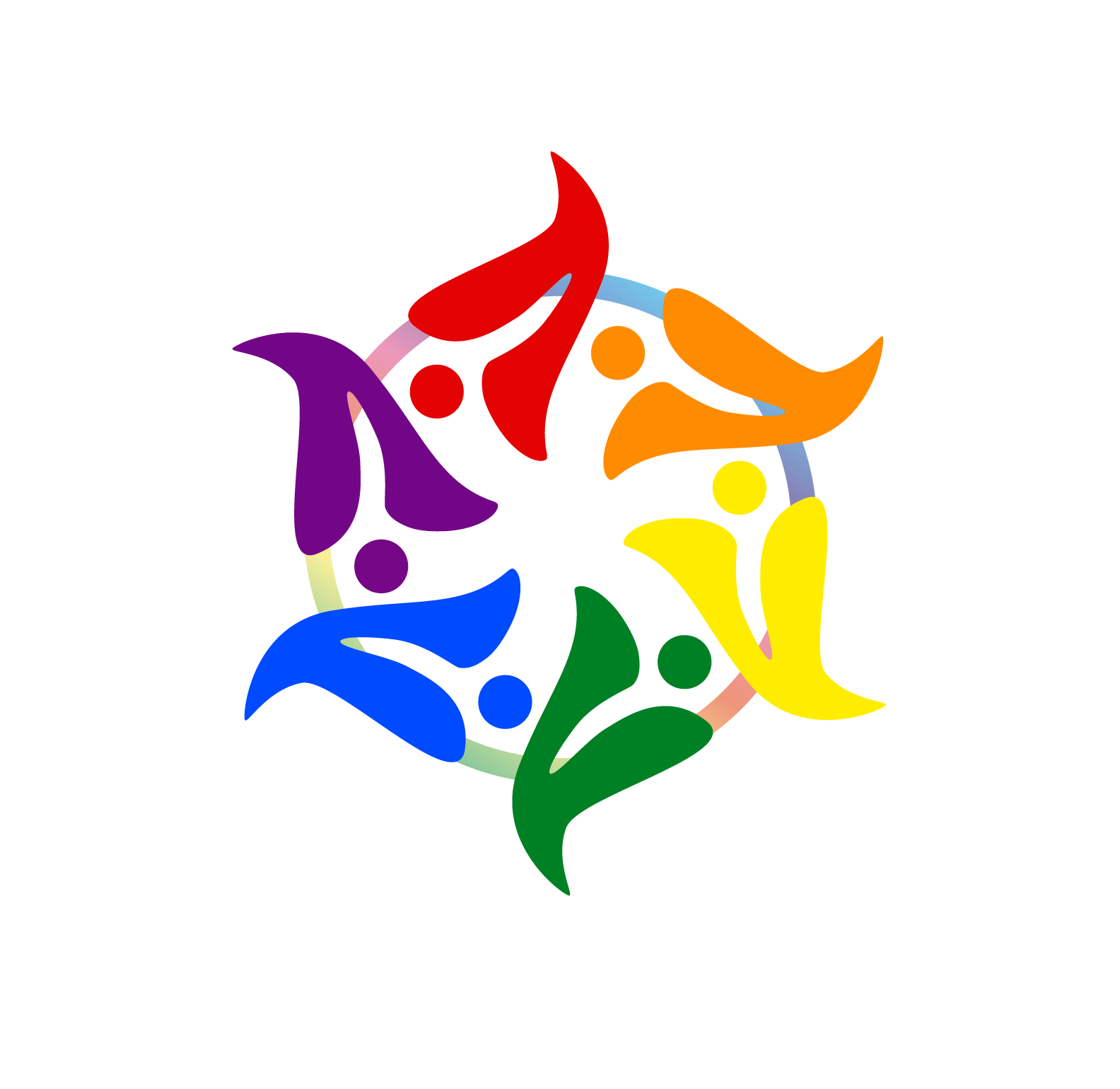Fetishization of the Queer Community
by Ash Marquis (he/him/his, xe/xim/xyr)
Fetishization is the reduction of a person to aspects of their body, identity, or relationship structure. A person is found to be attractive solely due to these characteristics and could be exchanged with anyone else with the same characteristics. Fetishization permeates the queer community, existing for and within it. This results in a variety of impacts, all of which are ultimately harmful to some degree.
Media plays a significant role in the fetishization of queer people. Erotic media that portray lesbian relationships is popular among straight men. Not only does this media contribute to an inaccurate image of gay relationships in the minds of these men in which lesbians and bisexual women exist for their entertainment and pleasure, but it also has widespread tangible implications and consequences. Many lesbians share the experience of being flirted with by men who are under the impression that they can “turn them straight.” This likely stems from the idea that queer women must exist in some capacity that allows them to bring pleasure to straight men. The popularization of erotic media made for straight men featuring lesbians also makes it more difficult for women who love women to find media of this nature that is to them accurate and enjoyable.
Similarly, the mediums of fanfiction, webcomics, and young adult queer romance novels have been flooded with women writing love stories between men. It would appear that this issue is rooted, as so many are, in misogyny. Because there are so few well-developed female characters in popular films and television, most of the interesting, fleshed-out relationship dynamics (even those of friendships) occur between two men and almost none occur between two women. Fandoms that consume these pieces want to explore the most compelling relationships in their fanfiction, so, as queer people became more visible, the world of “slash fiction” (fanfiction portraying a romantic and often sexual relationship between characters from a given source) began centering gay men. As these fandoms often consist mostly of teen girls, this trend bled into other forms of media generally marketed at this same demographic such as romance novels and webcomics. Stories of gay men written by women have so consumed these mediums that it’s been claimed that straight, white women are paid more than gay men by publishers to write gay romances. The overwhelming majority of these romances portray relationships between white, cis, abled men with no fat or body hair.
These relationships also involve heteronormative gender roles despite their queerness. One man will be taller, broad-shouldered, muscular, experienced, and often dark-haired and the other will be shorter, less experienced, often light-haired, and will sometimes even be given traditionally feminine body characteristics like long hair and wider hips and thighs. Men who fit the first archetype will take the position of “top” in the numerous, inaccurate, graphic-as-possible sex scenes that are central to these stories and also appear to be central to many readers’ enjoyment. Via exposure to this media, numerous teenage girls are given false, harmful ideas about gay relationships.
Though impacts of the fetishization of gay men and lesbians are severe, trans people, especially trans women, experience far more direct consequences. Those who fetishize a community and actively seek out members of that community to be in relationship with are commonly referred to as “chasers”. “Trans chasers'' seem to be fairly prominent, adding to the difficulties of dating as a trans person. Trans women are often sought out by men who are attracted to them specifically because of their transness and all that they assume to be tied to it. Trans women are also often in relationships with people who are ashamed of their attraction to them or fear for the social response they believe others will have to this attraction. This results in trans women being treated as a dirty secret when partnered with these people. In such situations, a relationship will be kept from the public, especially in circles these partners of trans women usually inhabit.
Issues that seem more universally applicable to fetishizing trans people are that of chasers seeking people with particular body parts and personality attributes they align with transness and not accepting trans people who don’t fit these expectations. Some chasers operate under the impression that trans women are hyper-feminine or trans men are more gentle, compassionate, and “soft.” These chasers will reject trans people who don’t fit these stereotypes and usually cease involvement with a trans partner if they no longer conform. This may look like someone leaving their boyfriend when he starts taking testosterone and developing more traditionally masculine characteristics. Trans people are also often left by partners who fetishize them if they choose to undergo bottom surgery, as these fetishes often revolve around genitalia.
These are complex issues deeply rooted in society. It’s difficult to envision mitigations and solutions. However, somewhere to begin would certainly be promoting more positive, intersectional, realistic representations of queer people and queer relationships. A vital action that can further this goal is choosing to consume media with queer representation that was created by queer people whenever possible.

